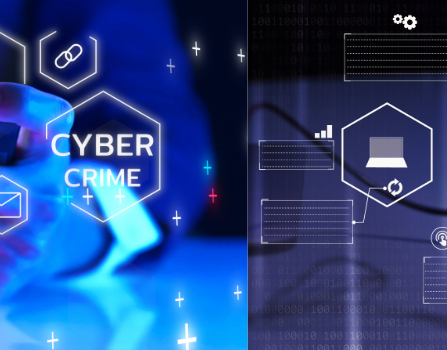The U.S. Cybersecurity and Infrastructure Security Agency (CISA) released new guidelines aimed at protecting critical infrastructure systems in a threat landscape increasingly impacted by artificial intelligence. The 28-page document (PDF) covers critical infrastructure risk and security considerations from three distinct perspectives: defending against attackers armed with AI-enabled tools, protecting AI-powered systems from attack, and developing
The White House NATIONAL SECURITY MEMORANDUM/nSM-22 MEMORANDUM FOR THE VICE PRESIDENT THE SECRETARY OF STATE THE SECRETARY OF THE TREASURY THE SECRETARY OF DEFENSE THE ATTORNEY GENERAL THE SECRETARY OF THE INTERIOR THE SECRETARY OF AGRICULTURE THE SECRETARY OF COMMERCE THE SECRETARY OF HEALTH AND HUMAN SERVICES THE SECRETARY OF HOUSING AND URBAN DEVELOPMENT THE
President Joe Biden signed on Tuesday a new directive that affirms the Cybersecurity and Infrastructure Security Agency’s central role in the federal government’s protection of the nation’s critical infrastructure sectors. The revised Presidential Policy Directive 21 does not alter the list of 16 critical infrastructure sectors despite calls from former officials, industry groups and outside
US spy agencies to share intelligence on critical infrastructure in policy revamp | CyberScoop Skip to main content Advertisement Advertisement Close Government A revised policy document aims to clarify the roles and responsibilities of federal agencies responsible for securing U.S. critical infrastructure. The White House. (Getty Images) The U.S. intelligence community will be required to
SAN JOSE, Calif., April 30, 2024 (GLOBE NEWSWIRE) — Enhancing physical security, especially perimeter intrusion detection (PID) at critical infrastructure sites like airports, data centers, warehouses, and utilities, is increasingly crucial due to growing threats such as theft, protests, sabotage, terrorism, and war. In its latest whitepaper, Quanergy 3D LiDAR Solutions Redefining the Physical Security
A high-level blueprint that designates critical sectors of the U.S. economy in need of protection against cyber threats has received a long-sought update from the White House, though it notably does not revise the list of key infrastructure areas first identified over 10 years ago. President Joe Biden on Tuesday signed a National Security Memorandum
The Department of Homeland Security (DHS) on April 29 offered up new guidance and analysis on the use of artificial intelligence technologies in two particularly sensitive areas: weapons of mass destruction (WMD) and the 16 U.S. sectors classified by the Federal government as critical infrastructure. The agency’s release of the guidance documents met 180-day deadlines
A few weeks ago at Google Cloud Next ’24, we saw progress on Google’s generative AI vision with updates that apply GenAI across several security offerings to help solve pressing cybersecurity challenges. The updates come just eight months after Google Cloud Next ’23, where Google laid out its vision for applying GenAI to security including
iTWireTV: Azul senior director of product management Erik Costlow explains how Azul Intelligence Cloud helps DevOps teams around the world identify dead code across an entire Java estate, allowing them to remove code and focus their limited time and resources safely. Azul provides a fast, secure, high-quality Java platform. It provides the most secure and stable








